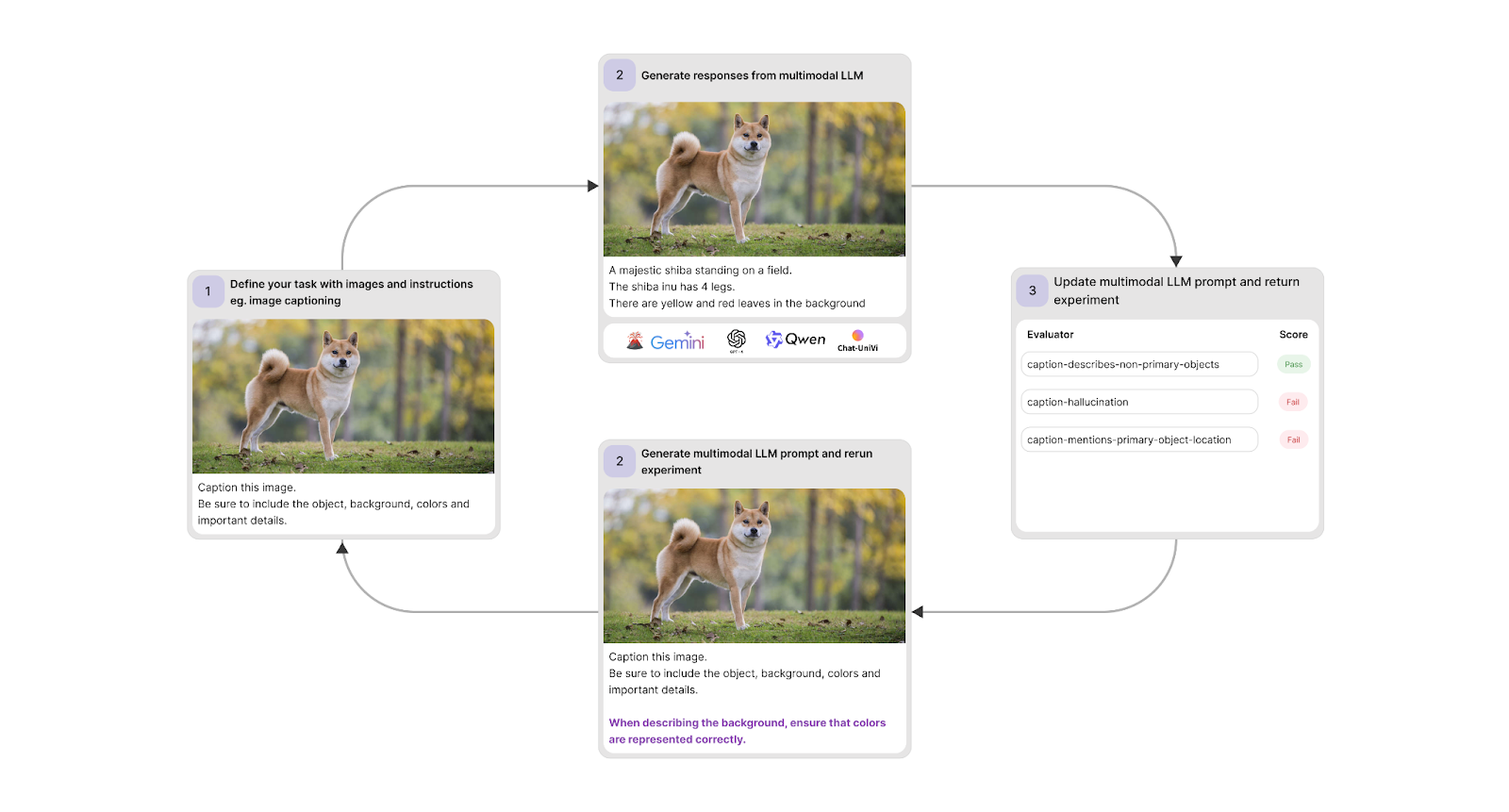
Enhancing User Experiences with Image Generation Technology
In recent years, image generation technologies have significantly improved user experiences across various platforms. However, challenges like “caption hallucination” have arisen, where AI-generated image descriptions may contain inaccuracies or irrelevant information, potentially eroding user trust and engagement.
The Need for Automated Evaluation Tools
Traditional evaluation methods rely on manual inspections, which are neither scalable nor efficient. This highlights the necessity for automated evaluation tools specifically designed for multimodal AI applications.
Introducing the Multimodal LLM-as-a-Judge
To tackle these challenges, Patronus AI has launched the first Multimodal LLM-as-a-Judge (MLLM-as-a-Judge). This innovative tool evaluates and enhances AI systems that transform image inputs into text outputs. Utilizing Google’s Gemini model, known for its balanced judgment and consistent scoring, the MLLM-as-a-Judge stands out from alternatives like OpenAI’s GPT-4V, which can exhibit egocentricity.
Technical Capabilities of MLLM-as-a-Judge
The MLLM-as-a-Judge is designed to process and evaluate image-to-text generation tasks effectively. It includes built-in evaluators that assess images based on various attributes such as:
- caption-describes-primary-object
- caption-describes-non-primary-objects
- caption-hallucination
- caption-hallucination-strict
- caption-mentions-primary-object-location
These evaluators ensure a comprehensive assessment of image captions, validating that the generated descriptions accurately reflect the visual content. Additionally, the MLLM-as-a-Judge can verify the relevance of product screenshots for user queries, accuracy of Optical Character Recognition (OCR) data extractions, and fidelity of AI-generated brand imagery.
Case Study: Etsy’s Implementation
Etsy, a leading e-commerce platform for handmade and vintage items, has effectively implemented the MLLM-as-a-Judge. The AI team at Etsy uses generative AI to automatically create captions for product images. However, they faced challenges with the quality of autogenerated captions. By integrating Judge-Image, a feature of the MLLM-as-a-Judge, Etsy improved the accuracy of their image captioning system, reducing caption hallucinations and enhancing user experience.
The Importance of Addressing AI Challenges
As organizations increasingly adopt multimodal AI systems, it is crucial to address their unpredictability. Patronus AI’s MLLM-as-a-Judge provides an automated solution to evaluate and optimize image-to-text AI applications, mitigating issues like caption hallucination. With built-in evaluators and advanced models like Google Gemini, developers can improve the reliability and accuracy of their multimodal AI systems, fostering user trust and engagement.
Next Steps for Businesses
Consider how artificial intelligence can transform your operations:
- Identify processes for automation and areas where AI can add value in customer interactions.
- Establish key performance indicators (KPIs) to measure the impact of your AI investments.
- Select tools that meet your specific needs and allow for customization.
- Start with a pilot project, gather data on its effectiveness, and gradually expand your AI initiatives.
If you require assistance navigating AI in business, please reach out to us at hello@itinai.ru. Connect with us on Telegram, X, and LinkedIn.


























